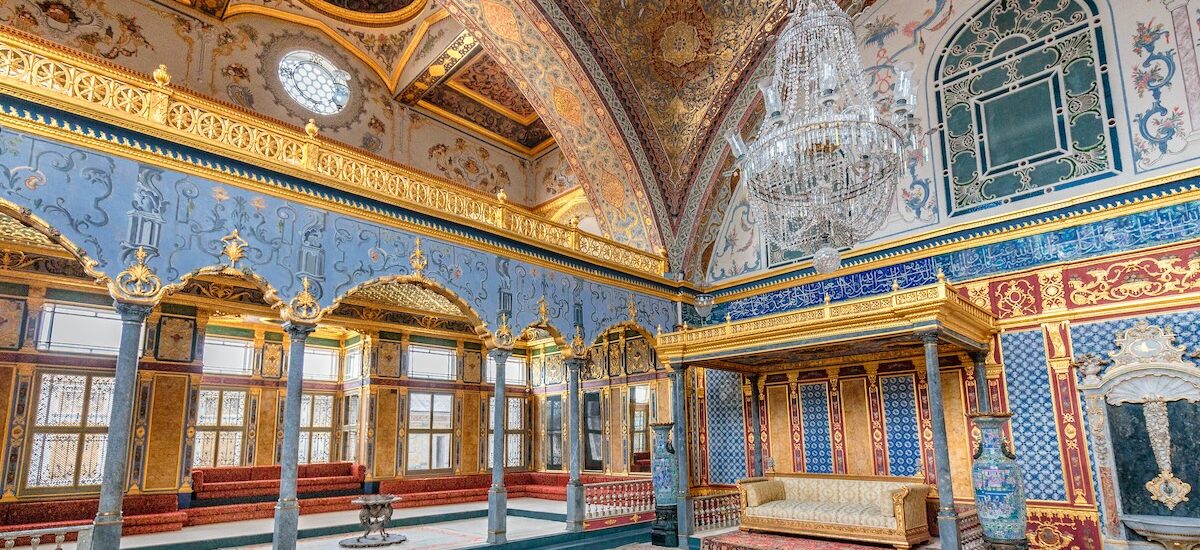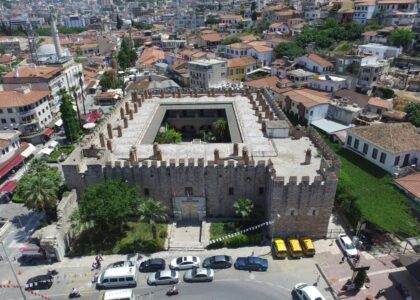Topkapı Palace, known in Turkish as Topkapı Sarayı, stands prominently on Sarayburnu, the promontory overlooking the Bosphorus in Istanbul. It served as the primary residence and administrative headquarters for the Ottoman Sultans for nearly four centuries, from the mid-15th century until 1856. Construction began shortly after Sultan Mehmed II conquered Constantinople in 1453, with the initial phase completed around 1478.
The complex is not a single monolithic building but a sprawling complex of low pavilions, kiosks, and gardens arranged around four main courtyards, each with increasingly restricted access. These courtyards housed everything from state offices, like the Imperial Council Hall, to the kitchens and the Sultan’s private apartments.
Key features include the opulent Harem, the secluded quarters for the Sultan’s family and concubines, and the Imperial Treasury, which houses magnificent jewels like the Topkapı Dagger. Furthermore, the palace holds the Sacred Relics, an important collection of religious artifacts from the early Islamic period, including the mantle and sword of the Prophet Muhammad.
After the Sultans moved to the more European-style Dolmabahçe Palace, Topkapı was transformed into a museum in 1924 by order of Mustafa Kemal Atatürk. It remains a vital testament to the power, intricate court life, and rich cultural heritage of the Ottoman Empire.






